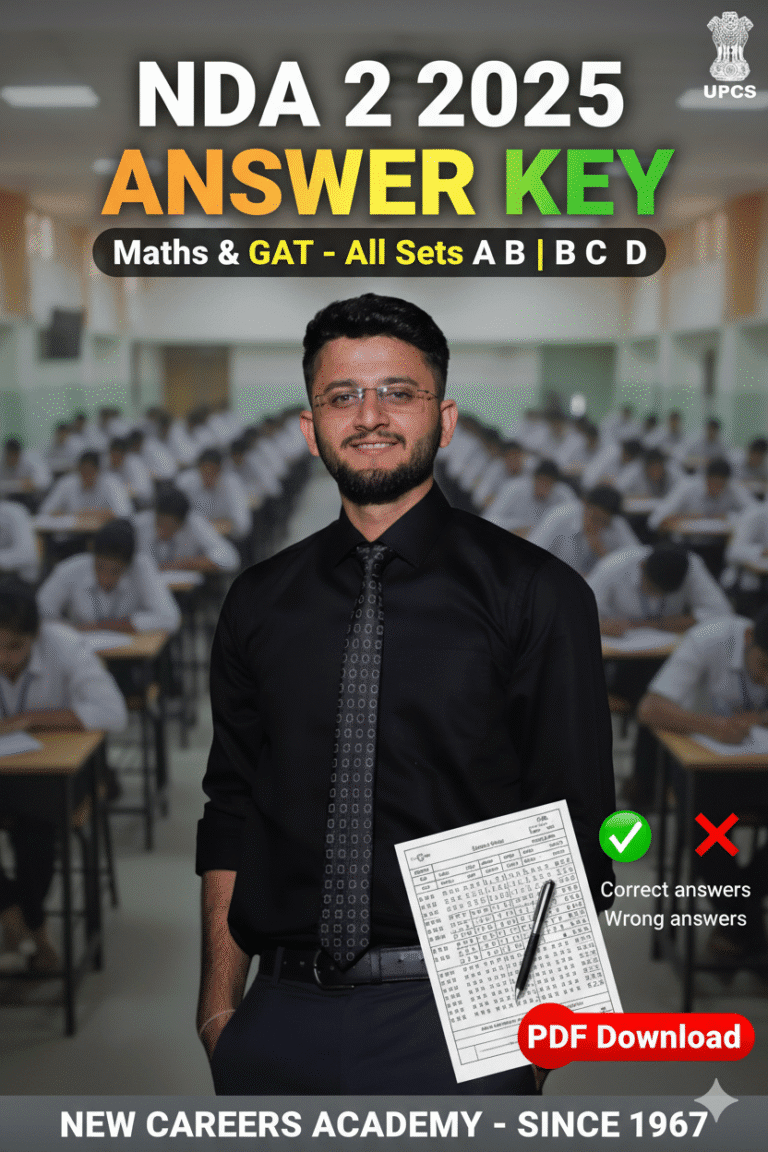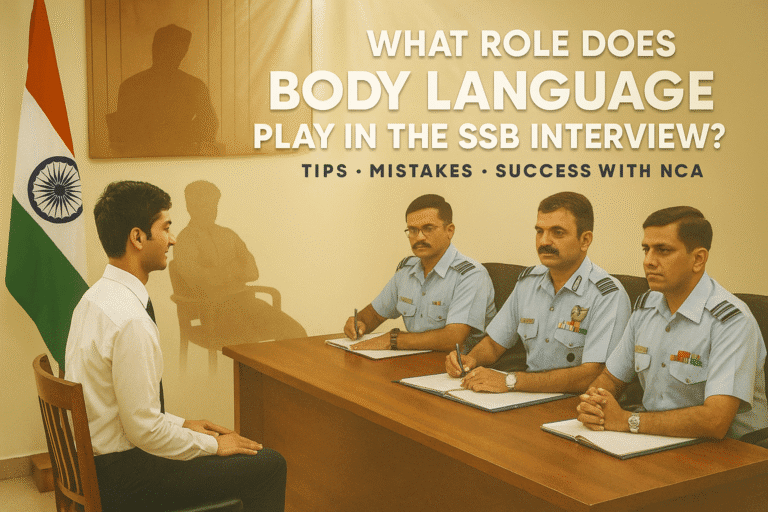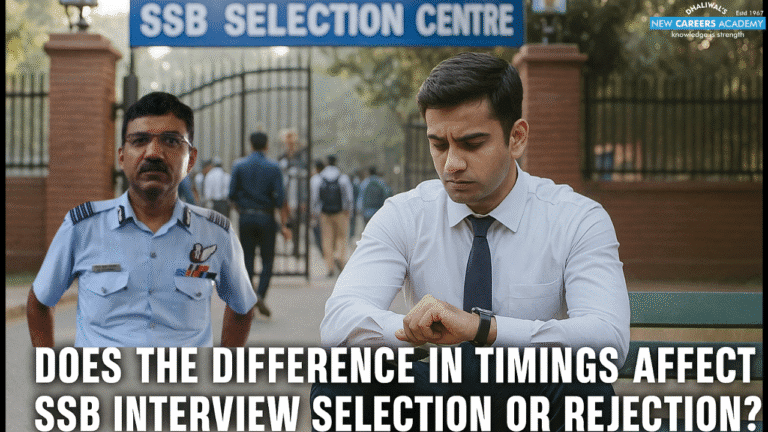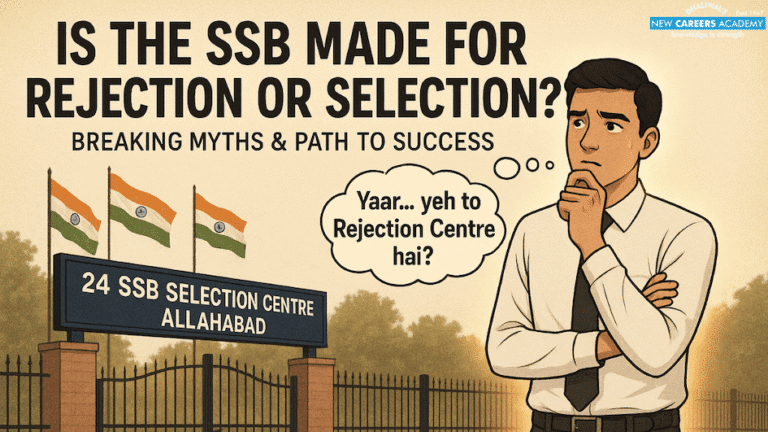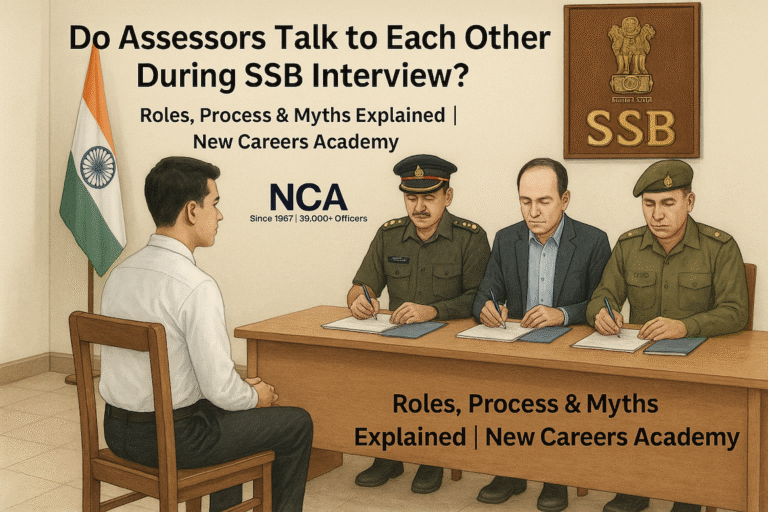Article 14: A Complete Review of the Bedrock of Equality in the Indian Constitution
New Delhi: Article 14 of the Indian Constitution, which declares that “The State shall not deny to any person equality before the law or the equal protection of the laws within the territory of India,” is the cornerstone of the fundamental right to equality. It is a powerful guarantee against all forms of arbitrary action by the state. More than just a clause in the Constitution, Article 14 is a dynamic concept that the Indian judiciary has interpreted with profound depth over the decades, evolving from a principle of formal equality to one of substantive justice. A complete review of this article involves understanding its dual components, the judicial doctrines it has fostered, and its application in landmark and contemporary cases that continue to shape Indian society.

The Twin Pillars of Equality
Article 14 is composed of two distinct yet complementary concepts:
- Equality Before the Law: This is a concept of British origin. It is often described as a negative concept that ensures the absence of any special privileges in favour of any individual. It signifies that every person, irrespective of their rank or position, is subject to the ordinary law of the land and the jurisdiction of ordinary courts. In essence, it is the embodiment of the “Rule of Law.”
- Equal Protection of the Laws: This concept is borrowed from the 14th Amendment of the U.S. Constitution. It is a positive concept that directs the state to apply the same laws alike to all persons who are similarly situated. It means that “like should be treated alike without any discrimination.” This principle, however, does not mean that all laws must be universal in their application. It allows the state to treat different persons differently if circumstances justify such treatment.
The Traditional Test: Doctrine of Reasonable Classification
Recognizing that identical treatment in unequal circumstances would amount to inequality, the Supreme Court, in its early years, developed the Doctrine of Reasonable Classification. This doctrine permits the state to make laws that apply differently to different groups of people, but it is not a license for arbitrary discrimination. To be constitutionally valid, any classification must pass a two-pronged test, as famously laid down in the case of State of West Bengal v. Anwar Ali Sarkar (1952):
- Intelligible Differentia: The classification must be founded on an intelligible differentia, which means a clear and understandable distinction that distinguishes persons or things that are grouped together from others left out of the group.
- Rational Nexus: The differentia must have a rational relation or nexus to the object sought to be achieved by the statute in question.
For instance, classifying prisoners into different categories based on the nature of their crime for security purposes is a reasonable classification. However, providing different facilities to prisoners based on their caste would fail the test as the classification has no rational connection to the object of imprisonment.
The Supreme Court further elaborated on this in Ram Krishna Dalmia v. Justice S.R. Tendolkar (1958), affirming that Article 14 forbids class legislation but does not forbid reasonable classification.
The New Dimension: The Doctrine of Arbitrariness
A significant evolution in the interpretation of Article 14 came with the landmark judgment in E.P. Royappa v. State of Tamil Nadu (1974). Justice P.N. Bhagwati introduced a new, more dynamic dimension to the right to equality, moving beyond the traditional classification test. The Court declared:
“Equality is a dynamic concept with many aspects and dimensions and it cannot be ‘cribbed, cabined and confined’ within traditional and doctrinaire limits… Equality and arbitrariness are sworn enemies; one belongs to the rule of law in a republic while the other, to the whim and caprice of an absolute monarch. Where an act is arbitrary, it is implicit in it that it is unequal both according to political logic and constitutional law and is therefore violative of Article 14.”
This “new doctrine” established that arbitrariness is antithetical to equality. An action can now be challenged under Article 14 simply by proving that it is arbitrary, unreasonable, or without adequate determining principle, even if it does not involve a classification. This principle was powerfully reiterated in Maneka Gandhi v. Union of India (1978), where the court held that any state action must be right, just, and fair, and not arbitrary, fanciful, or oppressive.
Landmark Applications and the Pursuit of Substantive Equality
The principles of Article 14, particularly the arbitrariness test, have been instrumental in some of the most transformative judgments in recent Indian history, pushing the envelope from formal equality to substantive equality, which aims to address systemic and structural discrimination.
- Gender Justice:
- In Shayara Bano v. Union of India (2017), the Supreme Court declared the practice of instantaneous Triple Talaq (Talaq-e-Biddat) unconstitutional, holding it to be “manifestly arbitrary” and violative of Article 14.
- The decriminalization of adultery in Joseph Shine v. Union of India (2018) saw the Court striking down Section 497 of the IPC as it was based on archaic gender stereotypes and treated women as the property of their husbands, thus violating Article 14.
- In the Indian Young Lawyers’ Association v. State of Kerala (2018) (the Sabarimala case), the majority opinion held that the custom of prohibiting women of menstruating age from entering the temple was discriminatory and violated Article 14.
- LGBTQ+ Rights: The historic judgment in Navtej Singh Johar v. Union of India (2018) decriminalized consensual homosexual conduct by reading down Section 377 of the IPC. The Court held that the law was based on an arbitrary classification that targeted the LGBTQ+ community, denying them their right to equality and dignity.
- Rights of Transgender Persons: In National Legal Services Authority (NALSA) v. Union of India (2014), the Supreme Court recognized transgender persons as the “third gender” and affirmed that the guarantee of equality under Article 14 applies to them, directing the state to take affirmative action to protect their rights.
Recent Developments: Deepening the Concept of Substantive Equality
Recent judicial pronouncements continue to expand the horizons of Article 14, with a clear emphasis on tackling deep-rooted societal inequalities.
- Caste-Based Discrimination in Prisons: In a significant 2024 ruling (Sukanya Shantha v. Union of India), the Supreme Court struck down provisions in state prison manuals that legitimized caste-based segregation and assignment of menial labour. The Court held that such practices subvert the principle of substantive equality enshrined in the Constitution and are a clear violation of Article 14.
- Challenging Economic Barriers: The Supreme Court in 2024 also addressed the issue of exorbitant enrolment fees charged by various State Bar Councils, holding them to be unconstitutional. The Court reasoned that such high fees create an unfair barrier for aspiring lawyers from economically weaker sections, thus violating the principle of substantive equality under Article 14 and the right to practice a profession under Article 19.
Conclusion: The Unwavering Guardian
Article 14 has evolved from a simple command against discrimination into a profound guarantee of fairness in all state actions. It is the primary bulwark against arbitrariness, unreasonableness, and injustice. Through the doctrines of reasonable classification and, more potently, the test of arbitrariness, the judiciary has armed itself with the tools to scrutinize legislative and executive actions on the touchstone of equality. As recent judgments on substantive equality demonstrate, Article 14 is not a static provision but a living principle that continues to be a powerful instrument for social transformation and the realization of justice for all persons in India.

